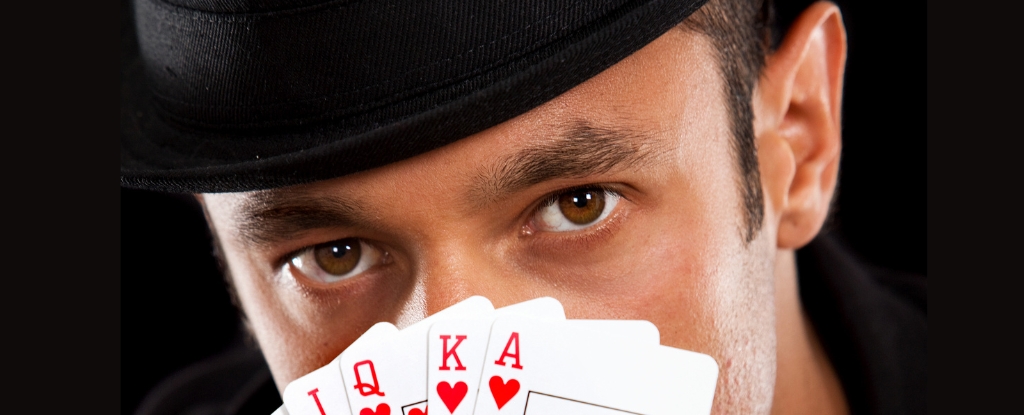Products You May Like
Magicians might have an innovative trick up their psychological sleeve that sets them apart from other creative thinkers, like comedians or visual artists.
Initial evidence suggests that on the whole, individuals who pursue the profession of magic lack a surprising disposition for psychoses and traits related to schizophrenia compared to other artists and even the general population.
In fact, those who perform magic seem less susceptible to magical thinking than musicians or poets, and are possibly more likely to tackle their careers like a mathematician or scientist.
The legendary link between creativity and mental illness or psychological disorders is one upheld by plenty of anecdotes in history and numerous scientific studies.
Plenty of previous papers have found that ‘divergent thinkers’ like musicians, poets, writers, comedians, and visual artists tend to have higher rates of negative affective and psychotic traits than the general population.
The traits that define psychotic disorders, such as schizophrenia or bipolar disorder, include hallucinations, magical thinking, delusions, inability to concentrate, social anxiety, inability to control thoughts, low self-control, diminished emotional expression, or an intense lack of motivation.
While these traits can be detrimental, especially when untreated, they can also result in clever ways of thinking that appeal to our creative sensibilities.
Magicians, however, don’t seem to be especially susceptible to those traits, even though they are creative performers with similar jobs to comedians.
An online study, led by evolutionary psychologist Gil Greengross from Aberystwyth University in Wales, measured the self-reported mental health, creativity, and originality of 195 magicians and compared their results to those of 233 individuals from the general population and past data on other artistic groups.
Greengross, along with psychologist Paul Silvia from the University of North Carolina at Greensboro and the magician Sara Crasson, say their results show that “not all creative people are created equal” and that “the relationship between creativity and psychoticism is more complex” than assumed.
In other words, the psychological traits that make an individual well-suited to one artistic career don’t necessarily apply to all creative careers.
In the current study, magicians scored lower on both cognitive disorganization and impulsive nonconformity compared to the general sample and other artistic groups.
This is possibly because magic tricks rely on precise rehearsals, requiring intense focus, attention to detail, composure, and discipline, all of which can be adversely affected by social anxiety, poor concentration, or low self-control – features of the above psychotic traits.
Most magicians analyzed in the study did not differ from the general population in ‘unusual experiences’, like hallucinations, perceptual aberrations, or magical thinking, which suggests that most don’t actually think they are conducting true magic.
Nevertheless, the magicians who scored higher than others on these ‘unusual experiences’ were more likely to self-report high originality in their performances. In survey results, they apparently also had “stronger convictions about their creative abilities, and creativity was a bigger part of their identity.”
Ultimately, when comparing their data to past research, Greengross and his colleagues argue that a magician’s ‘schizotypy profile’ is most similar to those of mathematicians and scientists.
That might sound like a fanciful comparison, but previous studies have found that biological and physical scientists also score lower than visual artists and musicians on ‘unusual experiences’ and cognitive ‘disorganization’.
As Greengross’ team explain, both magicians and scientists rely on imagination and creativity combined with orderliness, persistence, and scrupulous practice to be as accurate as possible.
“Moreover,” the authors add, “just like scientists, magicians endeavor to achieve a specific goal built on many small steps that often can be reached in multiple ways, with varying levels of creativity.”
The study was published in BJPsych Open.
